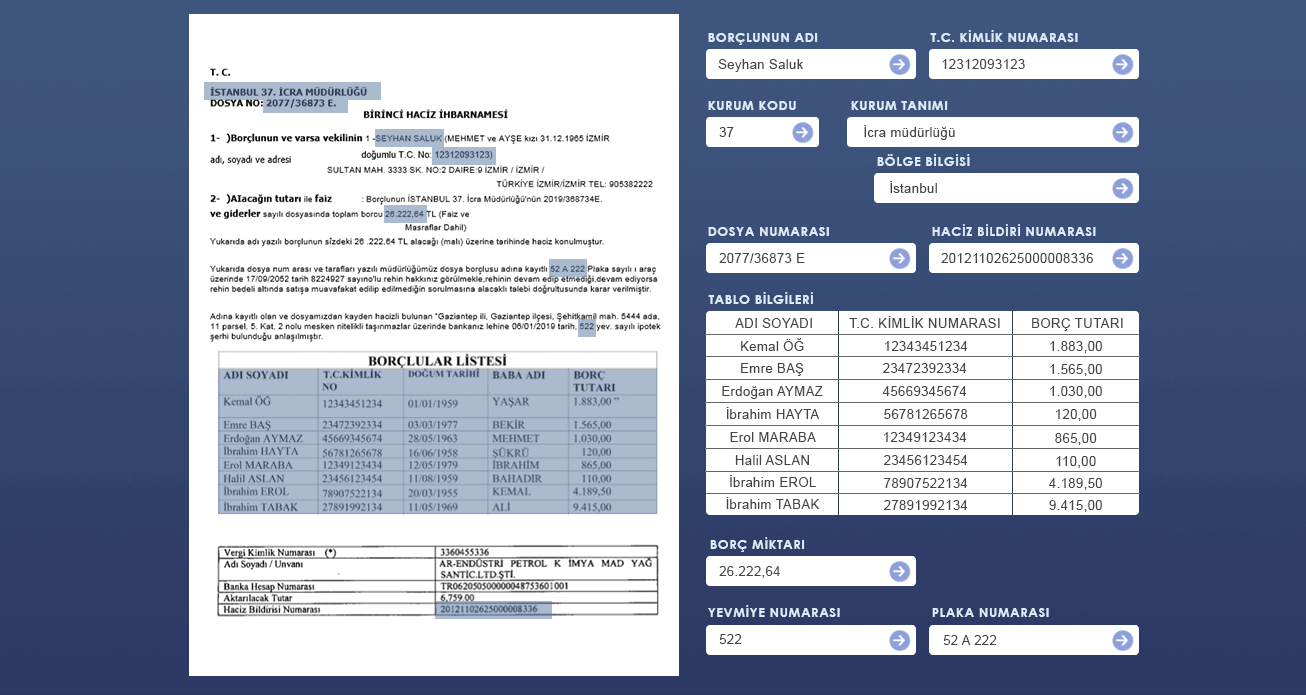How to Check Transmission Fluid: A Complete Guide
Ensuring that your vehicle's transmission fluid is at the correct level and in good condition is crucial for the smooth operation of your car. Low or dirty transmission fluid can cause serious problems, such as rough shifting, overheating, and even complete transmission failure. In this comprehensive guide, we’ll explain how to check transmission fluid, including specific steps for how to check transmission fluid level and how to check automatic transmission fluid level.
Why is Transmission Fluid Important?
Transmission fluid serves several vital functions in your vehicle, including:
-
Lubricating transmission components to reduce wear and tear.
-
Cooling the transmission to prevent overheating.
-
Providing hydraulic pressure to enable smooth gear shifts.
-
Cleaning internal components by preventing debris buildup.
Checking your transmission fluid regularly ensures that your car remains in good condition and avoids costly repairs.
How Often Should You Check Transmission Fluid?
Most manufacturers recommend checking your transmission fluid every 30,000 to 60,000 miles, but you should consult your owner’s manual for specific guidelines. Additionally, if you notice any performance issues such as slipping gears or delayed shifting, check your transmission fluid immediately.
Signs That Your Transmission Fluid Needs to Be Checked
-
Difficulty shifting gears
-
Slipping transmission
-
Unusual noises from the transmission
-
Transmission overheating warning light
-
Leaking fluid under the car
-
Dark or burnt-smelling fluid
Tools Needed to Check Transmission Fluid
Before learning how to check transmission fluid, gather the following tools:
-
A lint-free cloth or paper towel
-
The vehicle’s owner’s manual (to locate the dipstick)
-
A funnel (in case fluid needs to be added)
-
Gloves (to prevent stains and burns)
How to Check Transmission Fluid: Step-by-Step Guide
Step 1: Park the Vehicle on a Level Surface
For an accurate reading, park your car on a flat surface and engage the parking brake.
Step 2: Start the Engine and Let It Warm Up
Most vehicles require checking the transmission fluid while the engine is running and at operating temperature. However, some vehicles require the engine to be off—always check your owner’s manual.
Step 3: Locate the Transmission Dipstick
Open the hood and locate the transmission dipstick. It is usually found near the back of the engine bay and labeled “Transmission” or has a red or yellow handle.
Step 4: Remove and Wipe the Dipstick Clean
Pull out the dipstick and use a lint-free cloth to wipe it clean. This ensures an accurate reading when rechecking.
Step 5: Reinsert the Dipstick and Remove It Again
Fully insert the dipstick back into its tube, then pull it out again. Check the fluid level against the “Full” and “Low” markings.
Step 6: Inspect the Transmission Fluid Condition
Checking the color and smell of the transmission fluid is just as important as checking the level:
-
Good Condition: Light red or pink, with a clean appearance.
-
Needs Attention: Brown or dark red fluid indicates it’s getting old.
-
Urgent Attention: Black, gritty, or burnt-smelling fluid means it needs to be replaced immediately.
Step 7: Add Transmission Fluid if Necessary
If the fluid level is below the “Full” mark, add manufacturer-recommended transmission fluid using a funnel. Pour small amounts at a time and do not overfill, as excess fluid can cause transmission problems.
Step 8: Recheck the Fluid Level
After adding fluid, reinsert the dipstick, pull it out again, and confirm that the level is within the recommended range.
Step 9: Secure the Dipstick and Close the Hood
Once everything looks good, securely place the dipstick back in its tube and close the hood.
How to Check Automatic Transmission Fluid Level
For automatic vehicles, follow these steps:
-
Start the engine and let it reach operating temperature.
-
Locate the automatic transmission dipstick in the engine bay.
-
Remove the dipstick, wipe it clean, and reinsert it.
-
Pull out the dipstick again and check the fluid level and condition.
-
If needed, add the correct automatic transmission fluid in small increments.
Common Mistakes to Avoid
-
Checking when the engine is cold – this can give an inaccurate reading.
-
Using the wrong type of fluid – always use the manufacturer-recommended transmission fluid.
-
Overfilling the fluid – too much fluid can lead to overheating and poor shifting.
-
Ignoring fluid color and smell – burnt or dirty fluid is a sign of potential problems.
-
Not checking for leaks – leaking fluid can lead to severe transmission damage.
When to Change Transmission Fluid
Even if the fluid level is correct, transmission fluid degrades over time. Here are general guidelines for changing transmission fluid:
-
Automatic Transmission: Every 30,000 to 60,000 miles
-
Manual Transmission: Every 50,000 to 100,000 miles
-
Severe Driving Conditions: More frequent changes may be necessary
How to Identify a Transmission Fluid Leak
If you notice red or brown puddles under your car, it could indicate a transmission fluid leak. Common causes of leaks include:
-
Damaged transmission pan gasket
-
Worn-out seals or O-rings
-
Loose drain plug or pan bolts
If you suspect a leak, consult a mechanic for further inspection.
Conclusion
Knowing how to check transmission fluid is an essential part of vehicle maintenance. By regularly inspecting how to check transmission fluid level and how to check automatic transmission fluid level, you can ensure smooth driving and avoid costly repairs. If you ever notice issues such as slipping gears or dark, burnt-smelling fluid, take action immediately to maintain your vehicle’s performance.
By making transmission fluid checks a routine habit, you can extend the life of your car and prevent transmission problems before they start.











































![[The AI Show Episode 142]: ChatGPT’s New Image Generator, Studio Ghibli Craze and Backlash, Gemini 2.5, OpenAI Academy, 4o Updates, Vibe Marketing & xAI Acquires X](https://www.marketingaiinstitute.com/hubfs/ep%20142%20cover.png)

























































































































































































